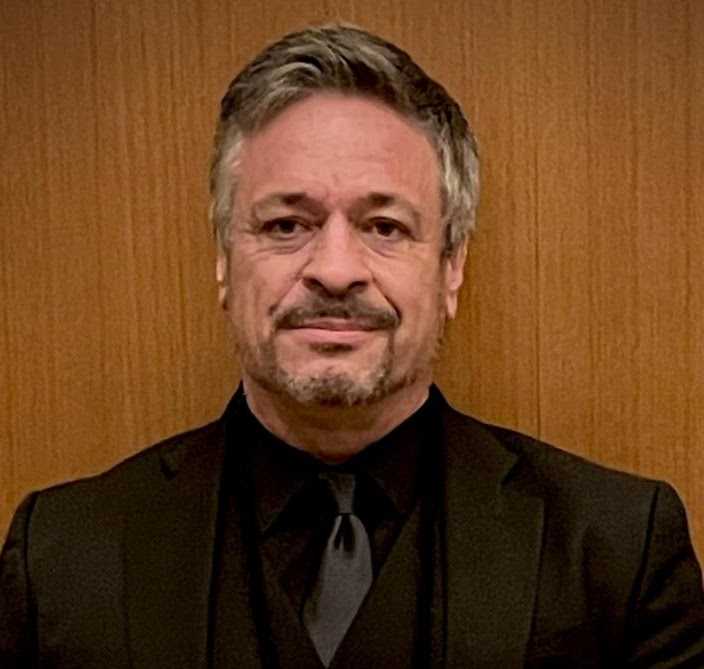Wintersemester 2023/2024

Prof. Dr. Chris Lukinbeal
Chris Lukinbeal is professor of Geography and the founding Director of the Geographic Information Systems Technology Programs at the University of Arizona (UAGIST). Modern geography can be thought of as being composed of spatial science, on one hand, and the humanistic study of place, landscape description, and topography, on the other. These two branches of geography have representational practices associated with them: whereas spatial science uses cartography to make mathematical models of the earth, topography, or the practice of describing places, is best represented through painting and cinema or practices where one is in touch with place and touching the human condition. Geography is uniquely situated at the philosophical juncture of these two branches, which comes together in Dr. Lukinbeal’s work through a concentration on the representational theories and methodologies that unite and differentiate each. It is for this reason that Dr. Lukinbeal’s academic record encompasses the spatial sciences through the ongoing development of a cartographic school of thought, the UAGIST programs (gis.arizona.edu), and through humanities and cultural geography research focused on cinema, landscape, and visual culture. Dr. Lukinbeal earned his PhD in Geography from San Diego State University and University of California, Santa Barbara. He is a Past President of the Association of Pacific Coast Geographers, one of three founding editors for the book series, Media Geography at Mainz, and a founding Associate Editor for the American Association of Geographer’s journal Geohumanities. His books include Media’s Mapping Impulse, Mediated Geographies and Geographies of the Media, Place Television and the Real Orange County, The Geography of Cinema. Over the past three decades he has published widely on topics that engage film, cartography, media, landscape, and geographic education. For more information visit https://sites.google.com/view/lukinbeal/home.
During his stay as Visiting Fellow of the Center for Intercultural Studies (ZIS) at the Institute of Geography of JGU Mainz during winter term 2023/24 he will be working with Dr. Veronika Cummings research team on desert urbanism and how to link research on the Arabian Peninsula done at JGU Mainz with Sonoran Desert urbanism research done at the University of Arizona.
Also, it has been 15 years since the founding of the MGM book series at JGU and given the changes in editorial leadership, Dr. Lukinbeal will lead a discussion with the new editorial board on how to move the book series forward. Furthermore, he will support the international MA’s program Human Geography: Globalisation, Culture and Media in the field of media geography during his stay at JGU.
Lecture on December 7, 2023: The Racial Sonoran Landscapes of Hombre and Westerns as Topographical Events
Abstract:
Born to a Mexican mother and white father and raised by the Chiricahuas, Hombre (1967, Paul Newman) is a revisionist Western that critiques the genre’s hero. It sought to show Native Americans in a positive light, however, it reflects cultural appropriation and imperialist nostalgia where Hombre takes on the good qualities of Indianness while the dominant white male Hollywood gaze gets to play Indian. I argue for a cinematic topography, one that shifts the focus toward a haptical cinema, touching, and in touch with the landscape. To do so I first examine the role of Old Tucson Studios in creating the Western colonial imagination. I then shift to the Ptolemaic distinction of geography and topography, the cartographic paradox and, how topography is related to landscape and cinema. Following this, I use Eisenstein’s image event and Bazin’s image fact explain how the film’s cinematic topography unfolds differently than its cinematic cartography. With these foundations in place, I proceed to a case study of the topography of Hombre in the novel and film paying attention to the appropriation of race and how the hero embodies a Sonoran Desert topographer.
